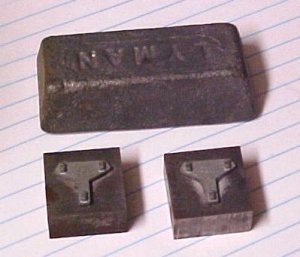Hello All!
This morning I was just stumbling around on the Internet and came up on this site http://www.railwayeng.com/gauges.htm
Looks like these gauges would be the ideal thing to handlay track with. I've used 3-point gauges for years but always found them kind of cumbersome.
Think I'll order me up a set for Hon3 and On30 (HO) and give them a "spin".
Anybody had any experience with these??
This morning I was just stumbling around on the Internet and came up on this site http://www.railwayeng.com/gauges.htm
Looks like these gauges would be the ideal thing to handlay track with. I've used 3-point gauges for years but always found them kind of cumbersome.
Think I'll order me up a set for Hon3 and On30 (HO) and give them a "spin".
Anybody had any experience with these??


